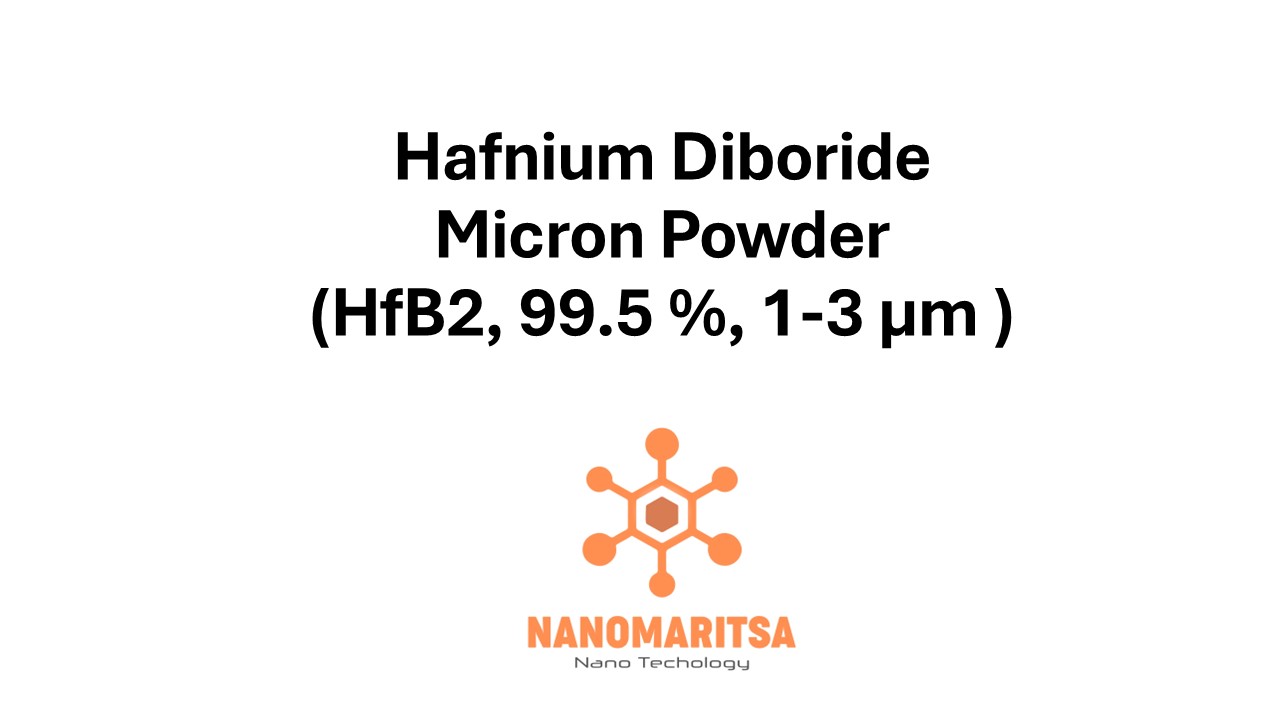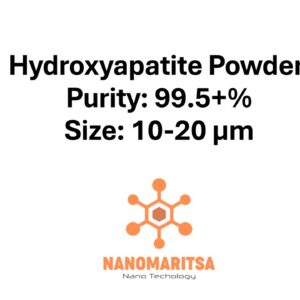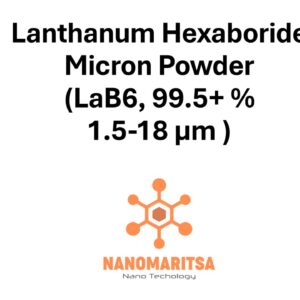Hafnium Diboride Micron Powder (HfB₂, 99.5%, 1–3 µm) is an ultra-high-temperature ceramic material known for its exceptional thermal stability, electrical conductivity, and mechanical strength. With a particle size range of 1 to 3 micrometers and a high purity of 99.5%, this powder is ideal for use in aerospace, defense, and industrial applications where extreme temperature and wear resistance are critical. Its unique combination of properties makes it indispensable in cutting-edge technologies.
1. Key Properties
Ultra-High Temperature Stability Can withstand temperatures exceeding 3000°C, making it suitable for extreme thermal environments.
Exceptional Hardness Provides outstanding wear and abrasion resistance, ensuring durability under high-stress conditions.
High Electrical Conductivity Offers excellent conductivity, enabling applications in electronic and thermal management systems.
Oxidation Resistance Maintains performance in oxidizing environments, particularly at elevated temperatures.
Chemical Inertness Resistant to chemical attack, ensuring longevity in aggressive environments.
Fine Particle Size (1–3 µm) Allows for uniform dispersion and enhanced performance in manufacturing processes.
2. Applications
Aerospace Components Used in ultra-high-temperature structural parts, such as hypersonic vehicle nose cones and leading edges.
Defense Applications Ideal for protective coatings, armors, and thermal shields in military systems.
Industrial Tooling Provides wear-resistant coatings for cutting tools, dies, and molds.
Nuclear Industry Utilized in control rods and thermal protection systems due to its neutron absorption capabilities.
Electronics Supports applications in high-temperature electronic devices and thermal management components.
Additive Manufacturing Suitable for fabricating high-performance parts through powder-based 3D printing and sintering techniques.
3. Advantages
Extreme Thermal Resistance Ensures performance in the most demanding high-temperature applications.
Wear and Abrasion Resistance Extends the lifespan of components exposed to mechanical stress and friction.
High Electrical and Thermal Conductivity Provides versatility for applications requiring conductivity and heat dissipation.
Oxidation and Chemical Stability Maintains integrity and performance in challenging environments.
Fine Particle Size Supports precise and consistent manufacturing processes for high-quality components.
4. Recent Trends and Research
Hypersonic Technologies Research focuses on optimizing HfB₂ for use in hypersonic vehicles and spacecraft.
Advanced Coatings Studies explore its role in creating ultra-durable coatings for industrial tools and machinery.
Energy Systems Investigations aim to enhance its application in high-temperature energy storage and conversion systems.
Nuclear Applications Efforts are directed toward utilizing HfB₂ in advanced nuclear reactors and thermal protection systems.
Additive Manufacturing Innovations seek to improve the processability and mechanical properties of HfB₂ powders in 3D printing.
5. Future Prospects
Aerospace and Defense Advancements HfB₂ will play a critical role in developing high-performance materials for next-generation aerospace and defense systems.
Industrial Applications Its wear resistance and thermal stability will drive demand for durable industrial tooling and coatings.
Energy Technologies HfB₂’s use in energy systems, including nuclear reactors and thermal management, will expand with advancements in renewable and sustainable energy solutions.
Additive Manufacturing Growth The integration of HfB₂ into additive manufacturing will support the creation of complex, high-performance components.
Sustainable Manufacturing Research into eco-friendly production and recycling methods will enhance its appeal in green industries.
With its 1–3 µm particle size, 99.5% purity, and exceptional thermal, mechanical, and chemical properties, Hafnium Diboride Micron Powder (HfB₂, 99.5%, 1–3 µm) is a vital material for advanced applications in aerospace, defense, and industrial manufacturing. Its adaptability and superior performance make it a cornerstone of modern engineering and high-temperature technologies.






